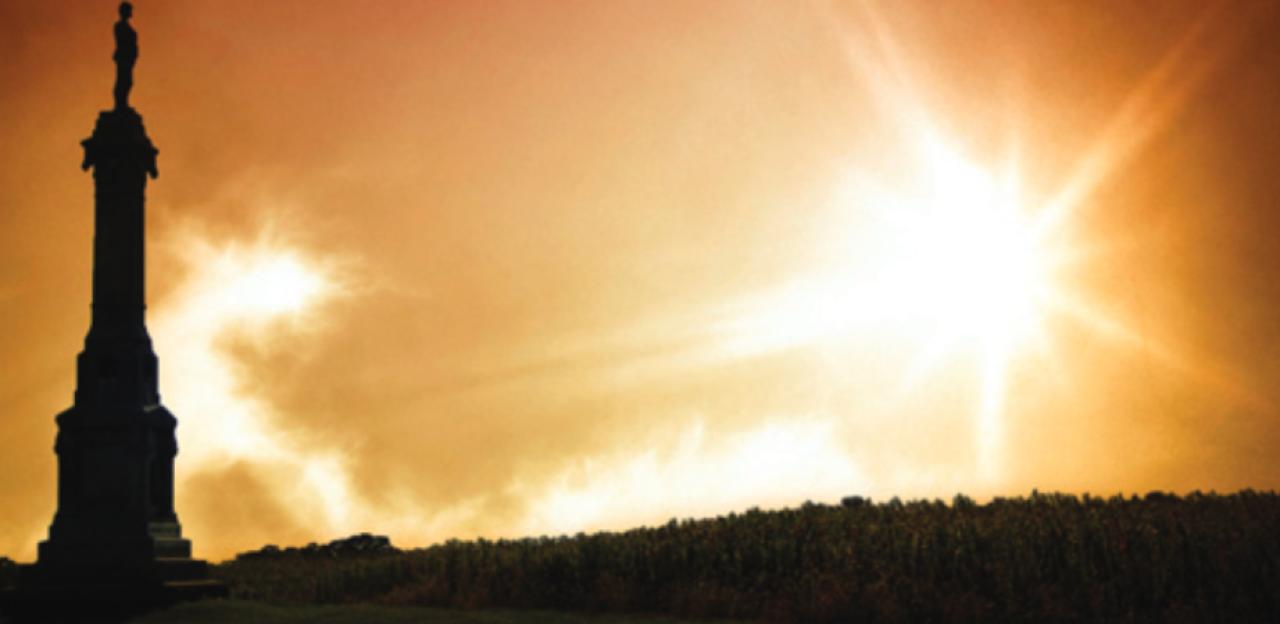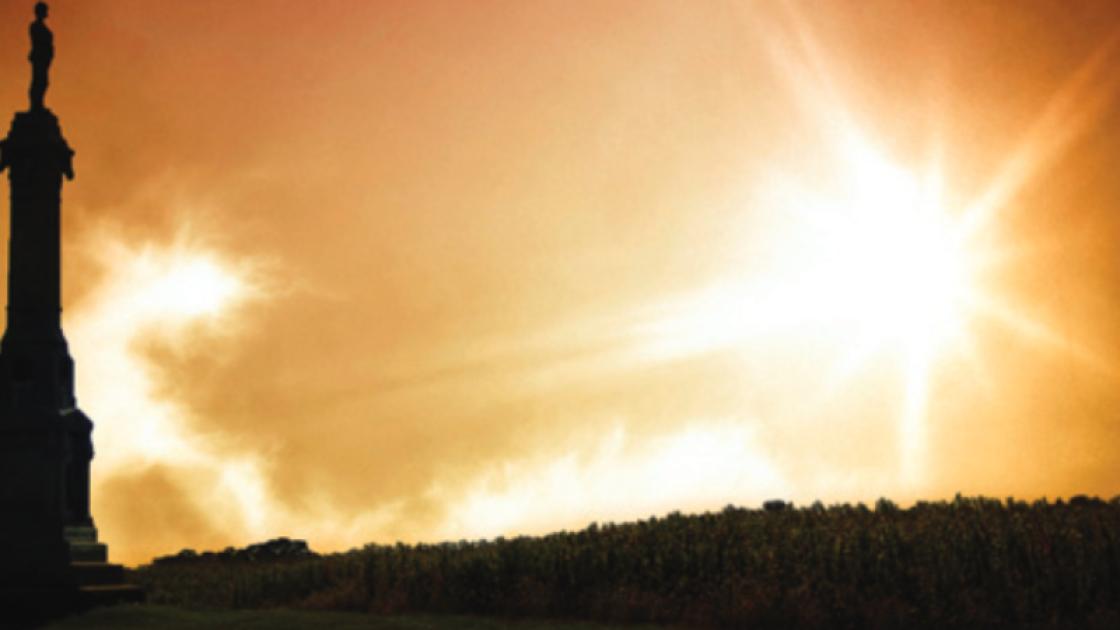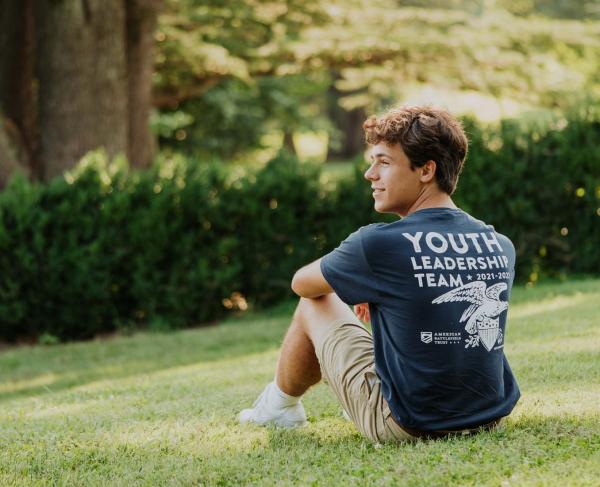July 3, 1863

Hallowed Ground Magazine, 150th Anniversary Gettysburg
Pickett's Charge, one of the most futile and bloody assaults of the Civil War, left a three-quarter-mile trail of casualties across the open fields before the aptly named Cemetery Ridge.

Despite having made significant inroads during sharp engagements on July 2, the Confederate army had failed to dislodge the main Union line occupying the high ground south of Gettysburg. Initially, Lee planned to renew the previous day’s offensive with a second round of attacks on the federal flanks. Around dawn, however, Union artillery on Culp’s Hill began an intense bombardment aimed at retaking a portion of the defensive works on the lower slopes that had been lost in the previous night’s fighting. The Confederates attacked, but despite seven hours of fierce fighting, the Union line held firm.
Forced to reconsider his plans, Lee settled upon a new strategy: If both flanks had been reinforced in the wake of his nearly successful assaults the previous day, logic held that the center must have been weakened to compensate. To exploit this perceived vulnerability, Lee ordered a massed frontal assault of some 12,500 Confederate infantry against the Union line on Cemetery Ridge. Unfortunately for Lee, at a council of war the previous evening, federal commander Maj. Gen. George Meade had predicted a strike on his center and would be ready to strengthen his internal lines against such a move.
Although the maneuver was to be commanded by Lt. Gen. James Longstreet, the force also included six brigades from Lt. Gen. A.P. Hill’s corps. Still, the resulting attack is known to history as Pickett’s Charge, recognizing the contributions made by the division of Maj. Gen. George Pickett, whose troops represented a plurality of those engaged, alongside others from the divisions of Brig. Gen. J. Johnston Pettigrew and Maj. Gen. Isaac Trimble.
The attack was preceded by massive artillery bombardment involving hundreds of guns, ostensibly the largest such duel of the war. Despite its ferocity, much of the fire missed its mark, with the Confederate gunners consistently overshooting and their Union counterparts unable to effectively target the infantry camouflaged in the woods. As their artillery reserve dwindled, the entire Southern force stepped off in unison at about 3:00 p.m., setting a deliberate pace across three-quarters of a mile of open field.
For the entirety of their march, the Confederates were raked by artillery fire from their front and flanks — including guns on Cemetery Hill and Little Round Top. When they reached the Emmitsburg Road, which bisected the field, advance ranks slowed to take down fences that blocked their path. Once on the other side, the attack began to falter as Union gunners switched to canister shot and musket fire became increasingly accurate and effective from the infantry safely positioned behind a low stone wall.
As the Confederates approached, gaps opened in the Union line, including near where the stone wall bent at a 90-degree angle, and determined southerners poured through, only to be met with hand-to-hand combat and a barrage of point-blank artillery fire. The breach was short-lived and its location has become forever known as the high water mark of the Confederacy. Southern losses were staggering — overall casualties exceeded 50 percent. In Pickett’s division, 26 of the 40 field grade officers became casualties, as did all three of the brigade commanders, including one killed and one mortally wounded. Elsewhere on the battlefield, sharp cavalry engagements unfolded at East and South Cavalry Fields, but neither played a decisive role in the battle’s outcome.
When the Battle of Gettysburg ended, as many as 51,000 soldiers were killed, wounded, captured or missing. As Lee led his army on a torturous retreat back to Virginia, an extensive network of hospitals emerged to treat the injured, while local residents began the hard work of dealing with the dead and returning to normalcy. Four months after the battle, President Lincoln used the dedication ceremony for Gettysburg’s Soldiers’ National Cemetery to honor the fallen Union soldiers and redefine the purpose of the war in his historic Gettysburg Address.
Related Battles
23,049
28,063


